
Trauma care reference body now woven into DHA combat support
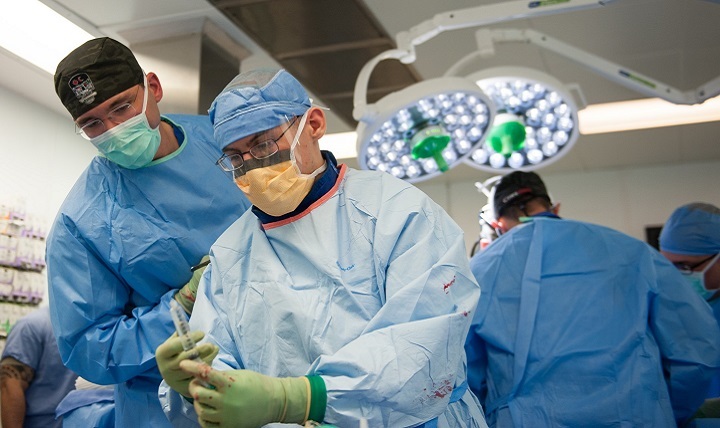
Establishing the Joint Trauma System within the Defense Health Agency optimally positions the JTS to serve as the reference body for all trauma care. (U.S. Navy photo by Petty Officer 1st Class Gary Johnson)
In 2003, the Joint Trauma System began forming when a commander with the U.S. Army Institute of Surgical Research recognized that no formal trauma care standards existed in Iraq and Afghanistan. Reports showed medical care as well-documented in theater, but critical patient information wasn’t readily available as a wounded member moved through multiple hospitals. At the time, deployed medical teams mostly relied on phone call coordination for long-term follow-up treatments for the wounded.
Air Force Col. Jeffrey Bailey – incoming Joint Trauma System, or JTS, director – said establishing the JTS within the Defense Health Agency, or DHA, “optimally positions the JTS to serve as the reference body for all trauma care.” The transition officially takes place on Aug. 5.
According to Dr. Donald Hall, chief of staff to the assistant director, DHA Combat Support Agency, the transition is advantageous because it will enable JTS to influence decisions directly and unfiltered on a day-to-day basis. “We’re looking forward to the synergy gained by having them become part of the combat support agency,” Hall said.
Today DHA helps enable medical services of the Army, Navy, and Air Force to provide combatant commands, or COCOMs, with a medically ready force and ready medical force. With JTS part of the DHA, DHA can better “establish standards of care for trauma services provided at military treatment facilities,” said Bailey, who has most recently spent time serving as a consultant to the United States Air Force Surgeon General for trauma and surgical critical care, and as special assistant to the Assistant Director, Combat Support Agency, Defense Health Agency. Bailey added that the JTS coordinates standards for trauma care, along with translating research findings, trauma education, and training partnerships.
Today, the JTS mission is to provide evidence-based process improvement of trauma and combat casualty care to drive morbidity and mortality to the lowest possible levels, and to provide recommendations on trauma care and trauma systems across the Military Health System. The JTS works proactively with COCOM surgeons as they develop contingency plans for a trauma system that supports unique COCOM mission requirements.
Another component of the JTS is the DoD Trauma Registry, or DoDTR. The DoDTR is an electronic data repository for Department of Defense trauma-related injuries. It captures combat casualty care epidemiology, treatments, and outcomes from point of injury to recovery. Classifying information taken from medical records, the DoDTR serves as an expert clinical inference, scoring and coding schematics with probability determinations.
The DoDTR contains more than 84,000 individual patient injury events, with more than 135 thousand trauma records.
“The DoDTR is the living reference body of our trauma care experience, the backbone of all we do to improve injury survival and recovery,” said Bailey. “It will continue to benefit those we serve in the years to come."
Shanahan discusses medical readiness, DHA transfer at Womack
Article
8/1/2018
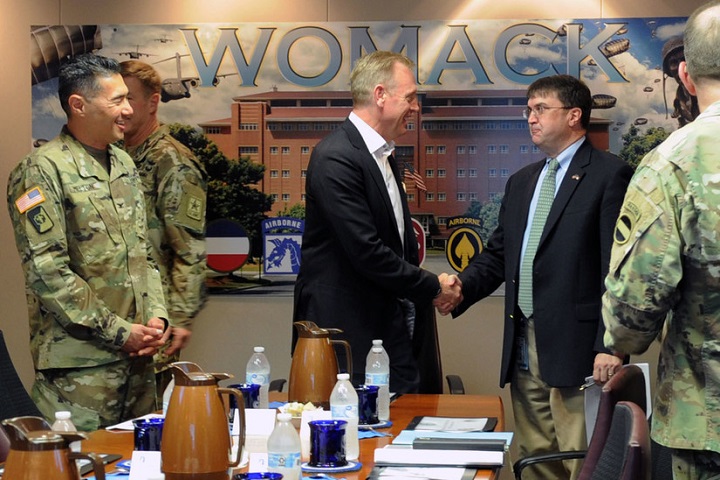
The fiscal year 2017 National Defense Authorization Act transfers the administration and management of military medical treatment facilities to the DHA beginning Oct. 1, 2018
Leaders come together to rehearse military healthcare transition
Article
7/31/2018
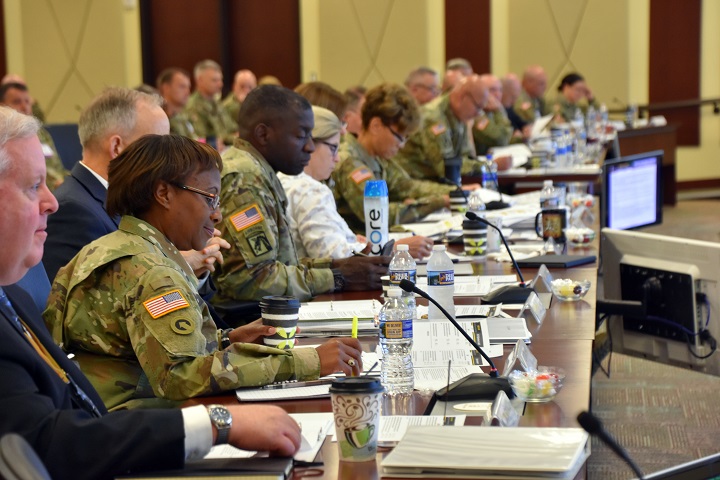
There should be zero impact on delivery of medical services that support readiness of the force
Acute Injuries
Infographic
7/25/2018

Service members in the U.S. Armed Forces frequently engage in high levels of physical activity to perform their duties, and such activity can potentially result in training- or duty-related injury. This report summarizes the incidence, trends, types, external causes, and dispositions of acute injuries among active component U.S. service members over ...
Food Allergy
Infographic
7/25/2018

Individuals with a history of food-allergy anaphylaxis or a systemic reaction to food do not meet military accession or retention standards and require a waiver in order to serve in the military. First-line treatment for anaphylaxis includes rapid administration of epinephrine.
Preparing for travel can prevent illness
Article
7/17/2018
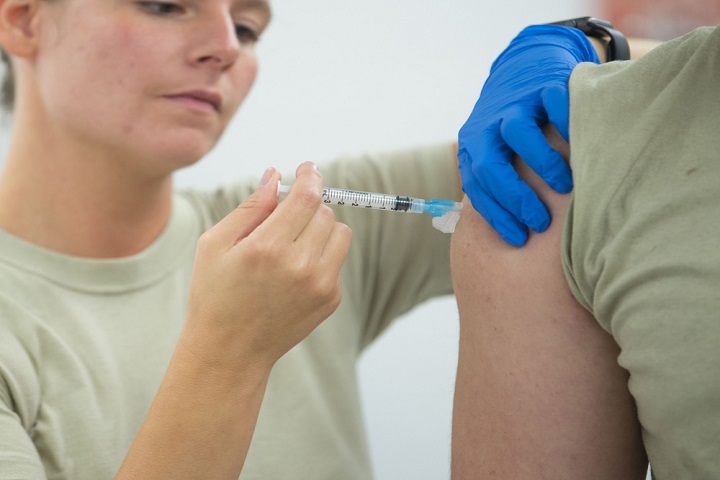
Experts encourage travelers to be proactive about their travel medicine needs, including learning about the health risks associated with the destination and checking with their doctor to make sure they’re in good health
Department of Defense Midseason Vaccine Effectiveness Estimates for the 2017-2018 Season, U.S. Armed Forces, 2000–2015 Vaccine Effectiveness
Infographic
7/3/2018

Operation Bobcat provides free healthcare to residents of Eastern Kentucky
Article
7/2/2018
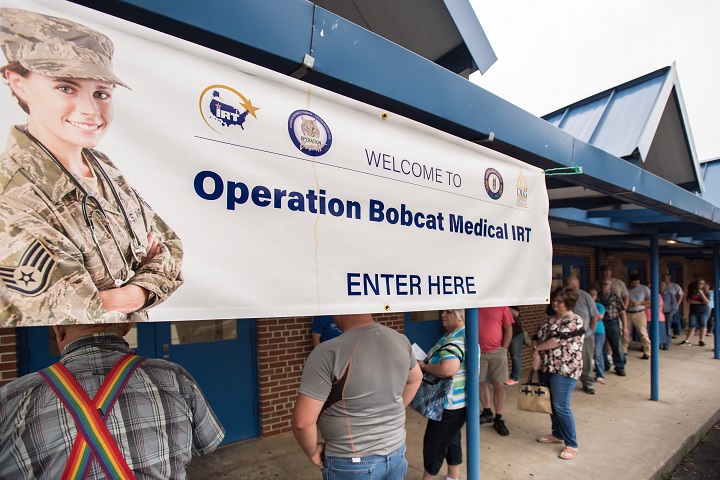
The primary purpose of Operation Bobcat is to provide military medical troops with crucial training
DHA PI 6025.07: Naloxone in the MTFs
Policy
This Defense Health Agency-Procedural Instruction (DHA-PI), based on the authority of References (a) through (c), and in accordance with the guidance of References (d) through (h), establishes the Defense Health Agency’s (DHA) procedures for prescribing and dispensing naloxone by pharmacists in MTFs to eligible beneficiaries, upon beneficiary request, or when the pharmacist determines the beneficiary meets the established criteria for being at risk for a life-threatening opiate overdose.
- Identification #: DHA PI 6025.07
- Date: 6/19/2018
- Type: DHA Procedural Instruction
- Topics: Health Readiness | TRICARE Pharmacy Program
Hospitalizations, Active Component, U.S. Armed Forces, 2017
Infographic
5/23/2018

This report documents the frequencies, rates, trends, and distributions of hospitalizations of active component members of the U.S. Army, Navy, Air Force, and Marine Corps during calendar year 2017.
Morbidity Burdens Attributable to Various Illnesses and Injuries
Infographic
5/23/2018

Morbidity Burdens Attributable to Various Illnesses and Injuries, Deployed Active and Reserve Component Service Member, U.S. Armed Forces, 2017
Morbidity Burdens Attributable to Various Illnesses and Injuries, Deployed Active and Reserve Component Service Member, U.S. Armed Forces, 2017
Infographic
5/23/2018

Ambulatory Visits, Active Component, U.S. Armed Forces, 2017
Infographic
5/23/2018

ACTIVE COMPONENT, U.S. ARMED FORCES, 2017 This report documents the frequencies, rates, trends, and characteristics of ambulatory healthcare visits of active component members of the U.S. Army, Navy, Air Force, and Marine Corps.
Absolute and Relative Morbidity Burdens, Attributable to Various Illnesses and Injuries, 2017
Infographic
5/23/2018

Breaking down the image: Mental health
Article
5/22/2018

May has been National Mental Health Month since 1949
Global Influenza Summary: May 13, 2018
Report
5/13/2018





















.png)









No hay comentarios:
Publicar un comentario